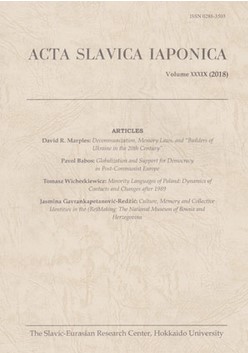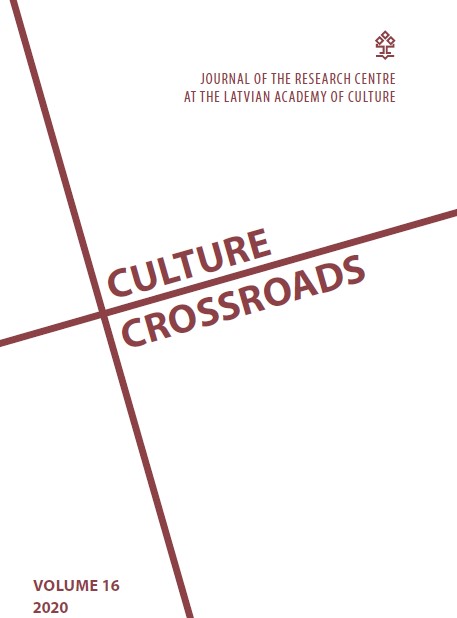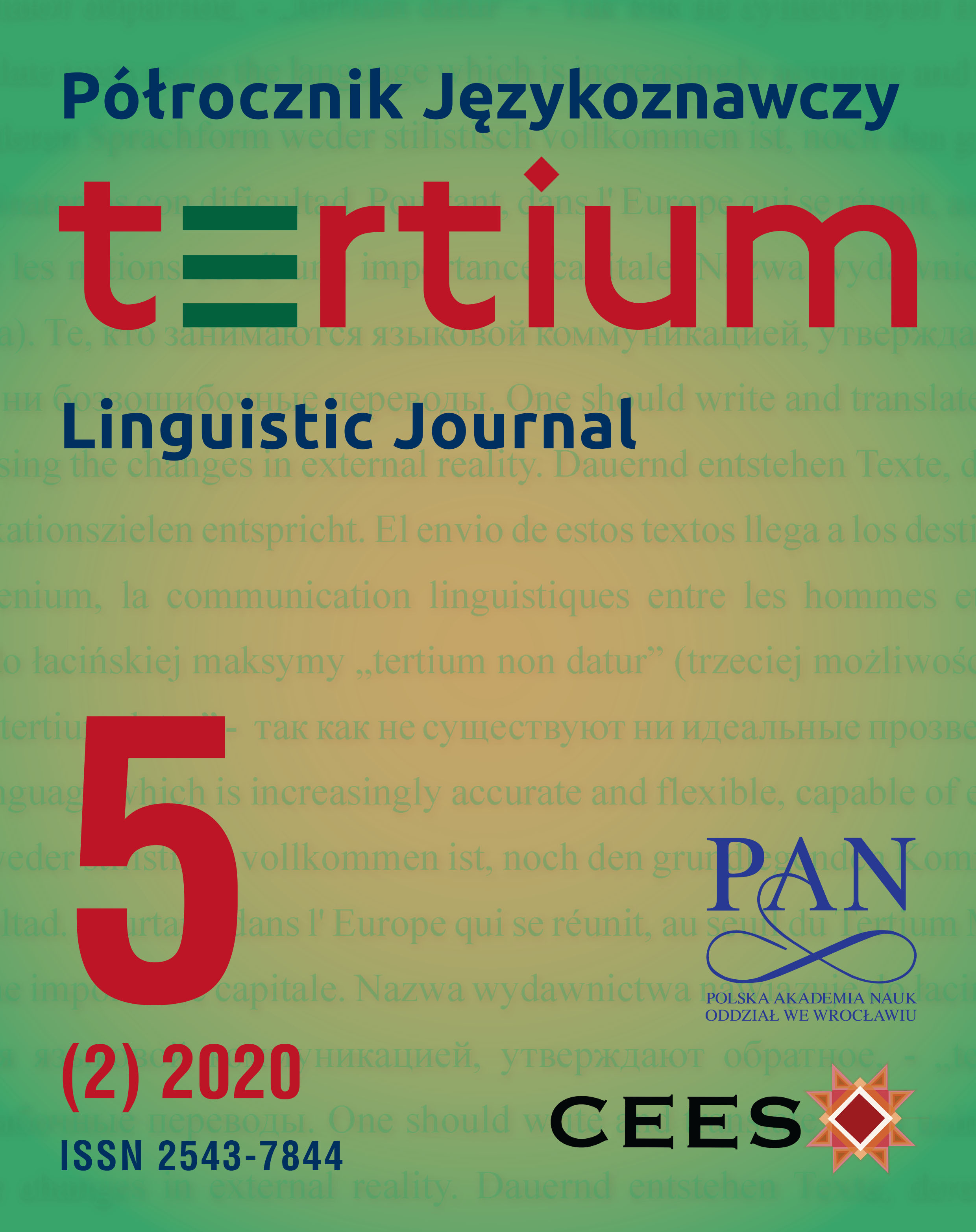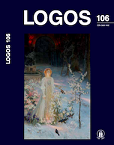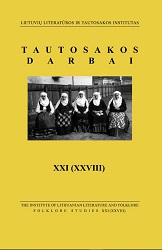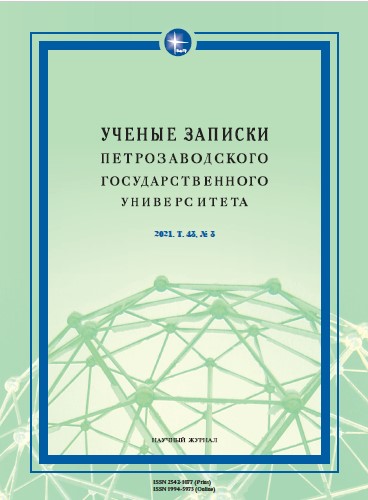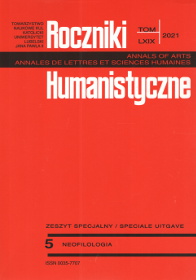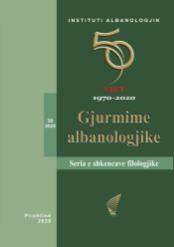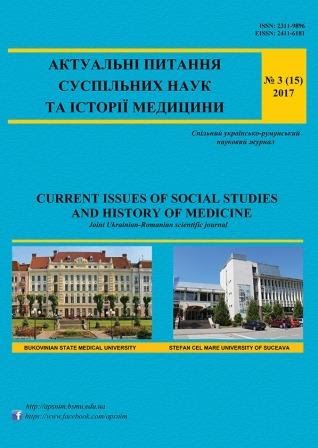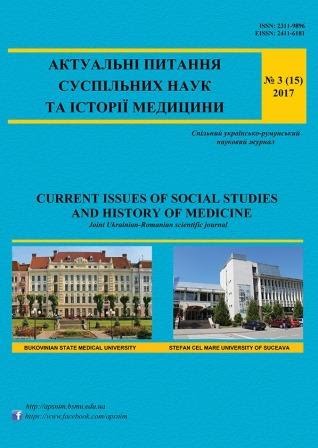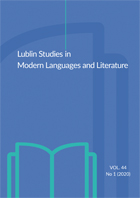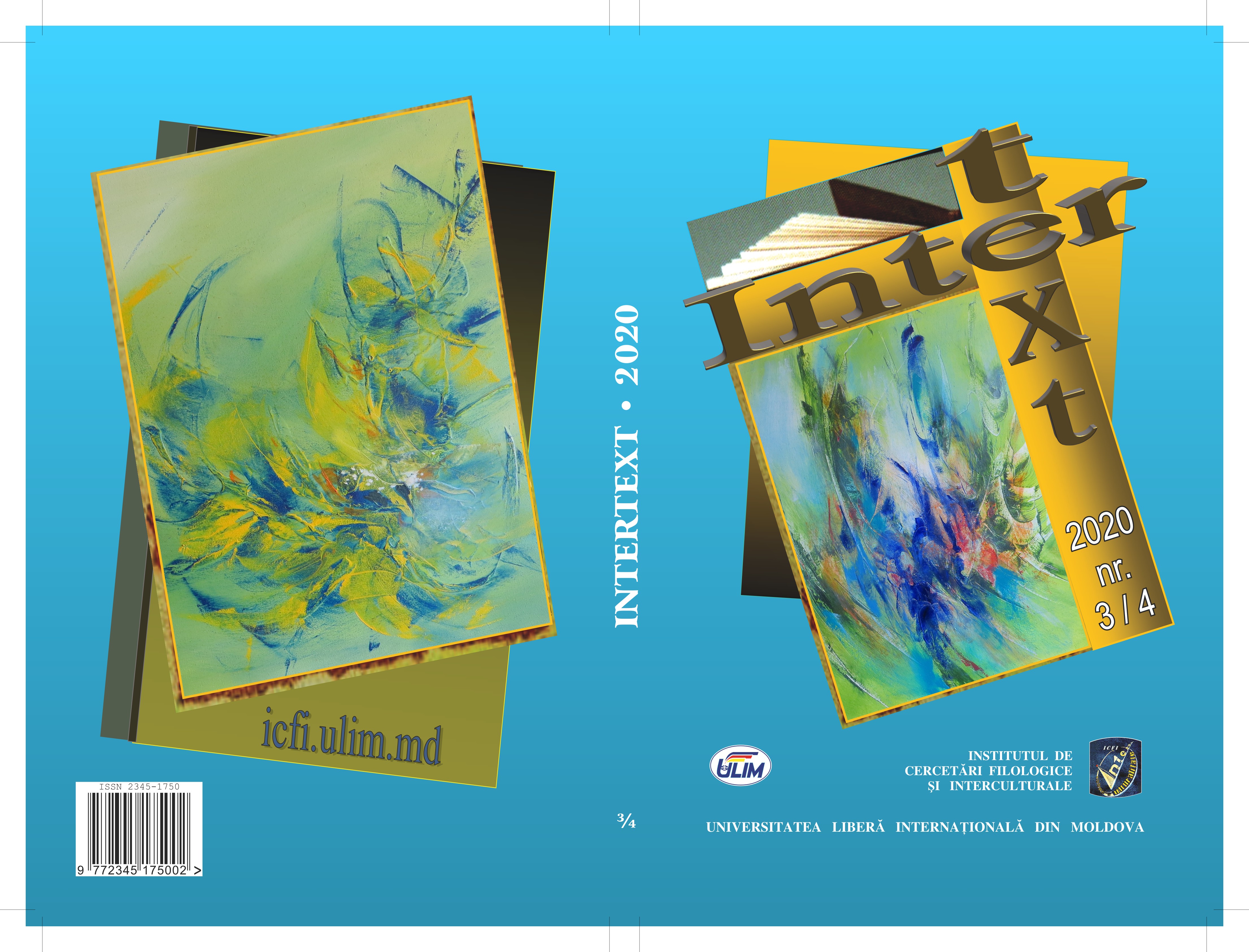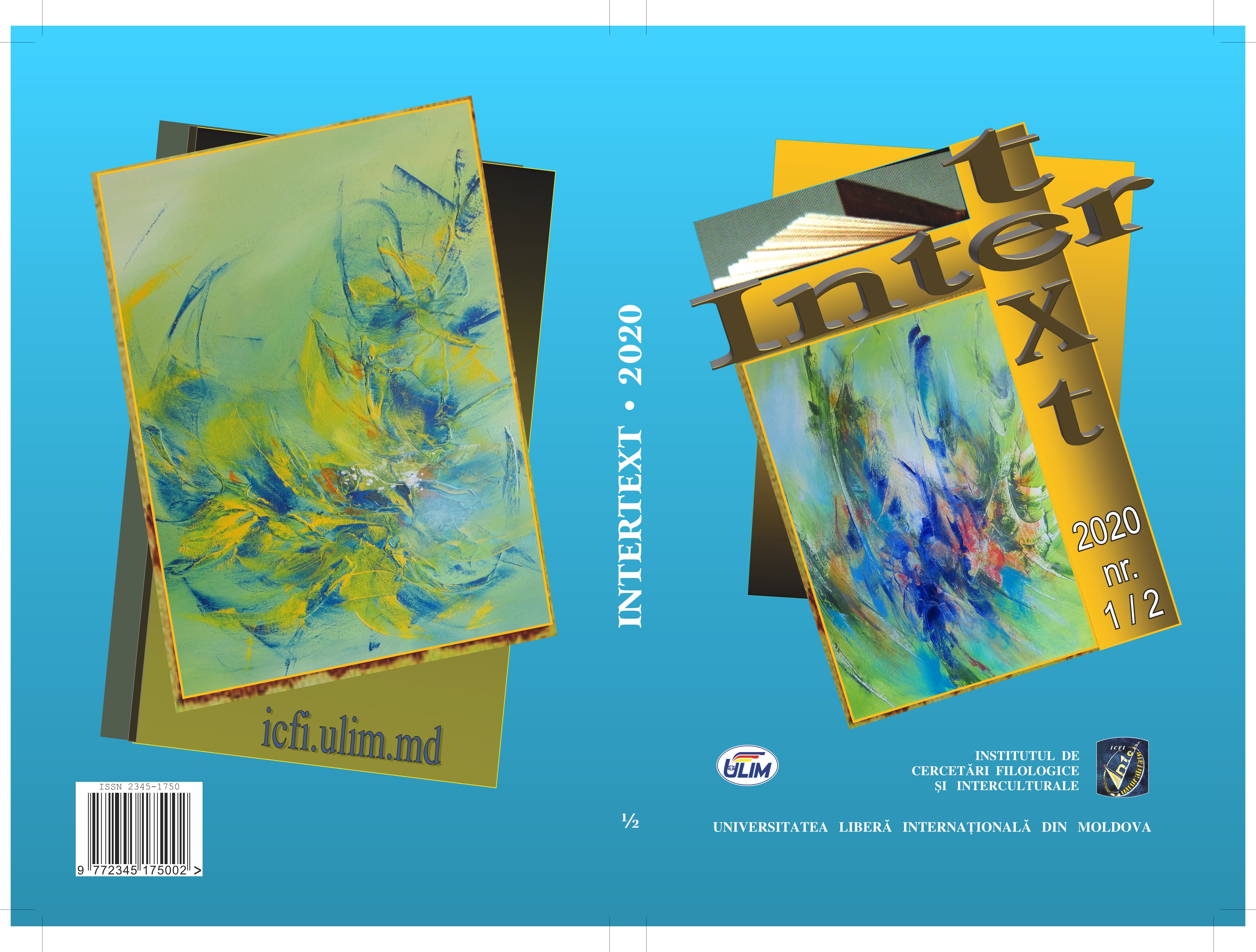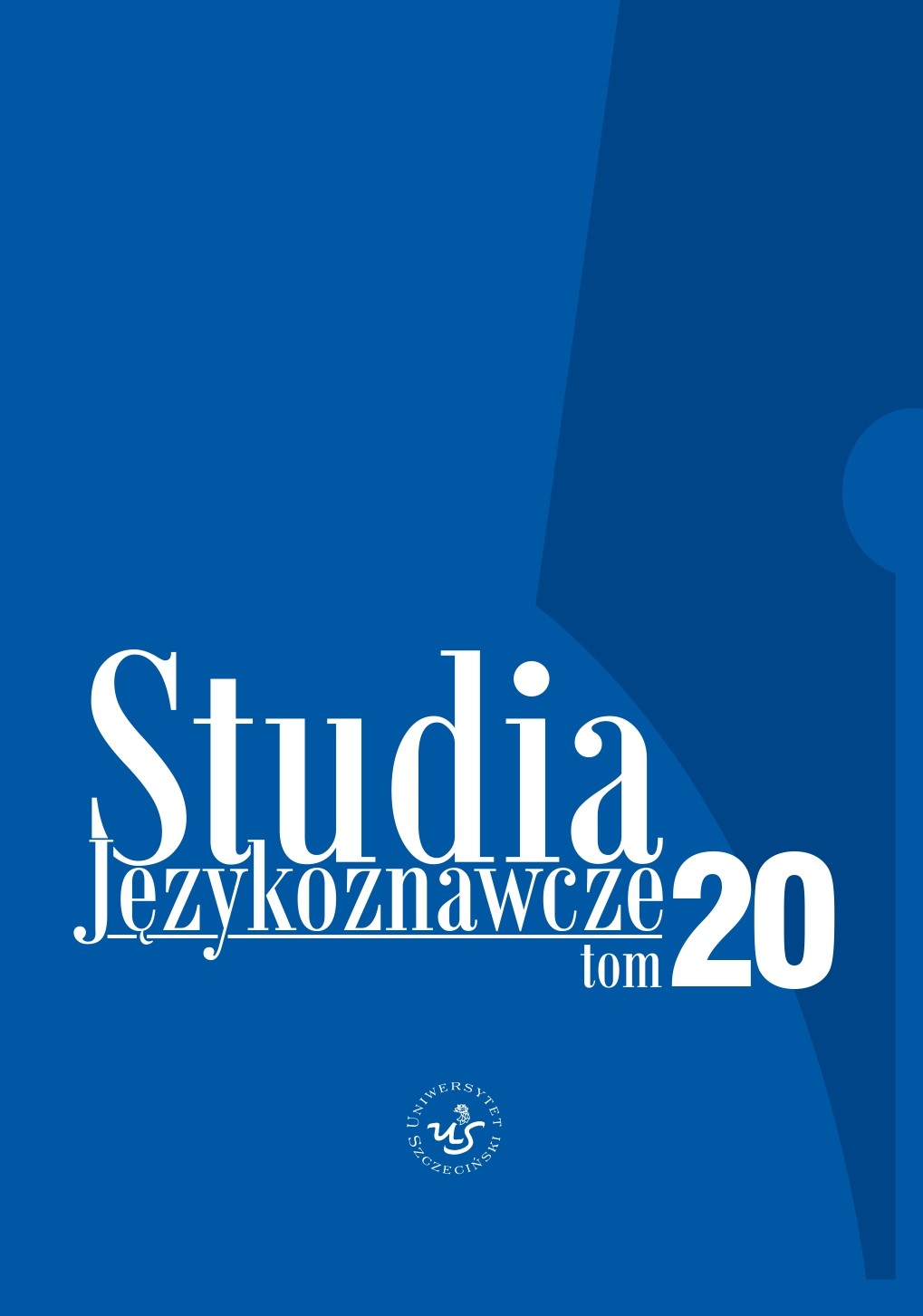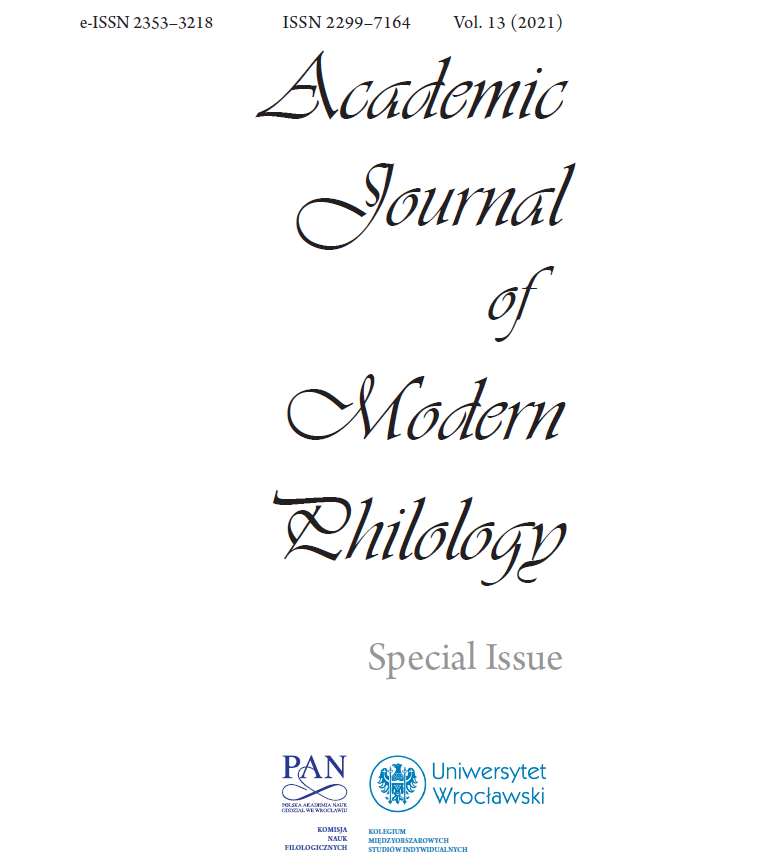
Postverbal conjoined subjects and closest conjunct agreement in Bosnian/Croatian/Serbian: an experimental study
In some previous experimental work on agreement strategies in South Slavic languages, it was demonstrated that the closest conjunct agreement (CCA) is the only available strategy for agreement with conjoined noun phrases in postverbal contexts. However, the examples that are claimed to be a result of CCA could potentially be analyzed as a clausal ellipsis (CE). The CE analysis was argued for by Aoun, Benmamoun and Sportiche (1994). In their approach based on examples from three dialects of Arabic, the postverbal linear agreement was claimed to be a result of CE, not of CCA. Thus, they predicted the semantic independence of two coordinated events. However, this claim is difficult to defend if a specific type of predicates is taken into account – the so–called collective predicates. Therefore, we designed a sentence–picture matching experiment with collective verbs and postverbal subjects with speakers of Bosnian/Croatian/Serbian (BCS) to test whether the postverbal linear agreement was a result of phrasal coordination or CE. The study managed to show that CCA is not a result of CE, but a distinct agreement strategy.
More...

